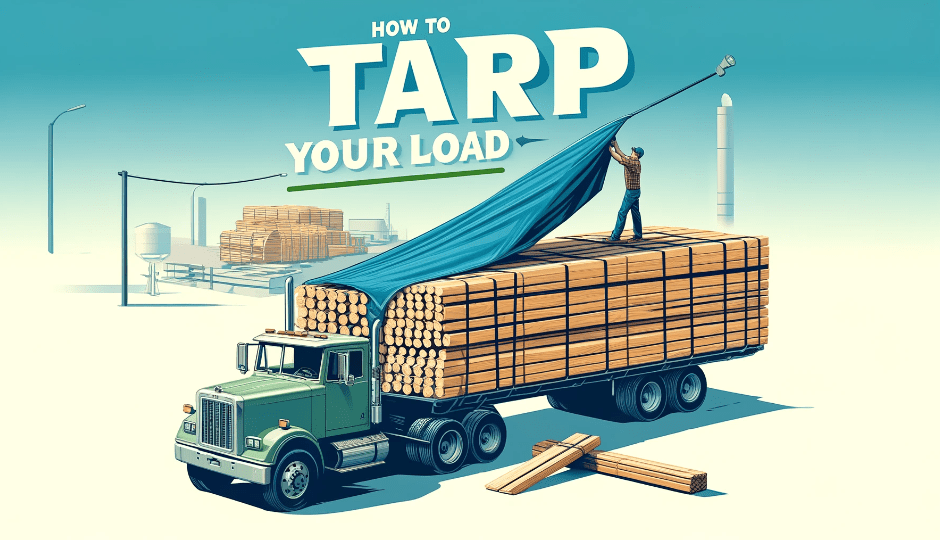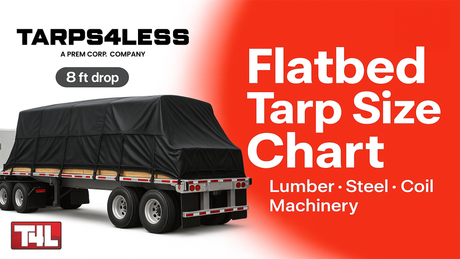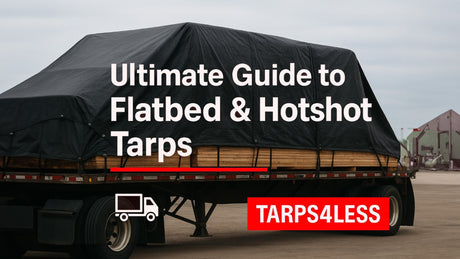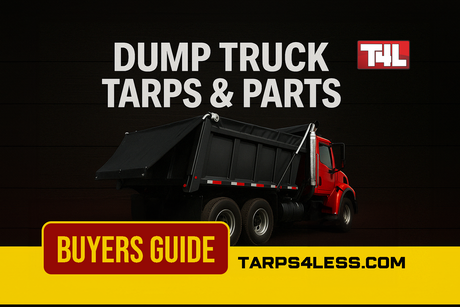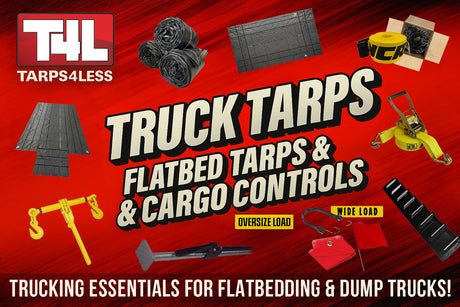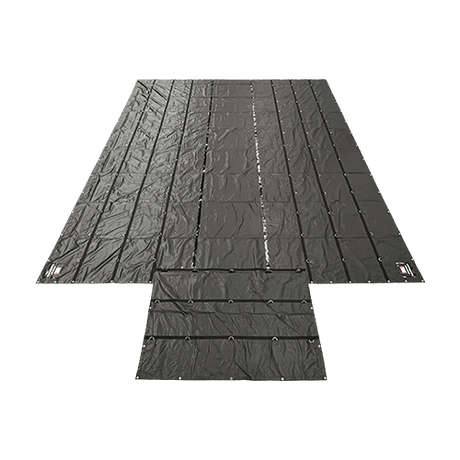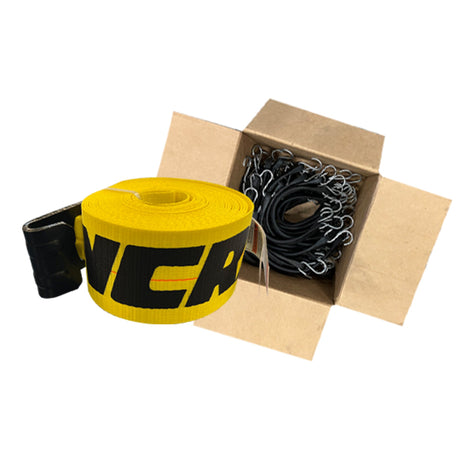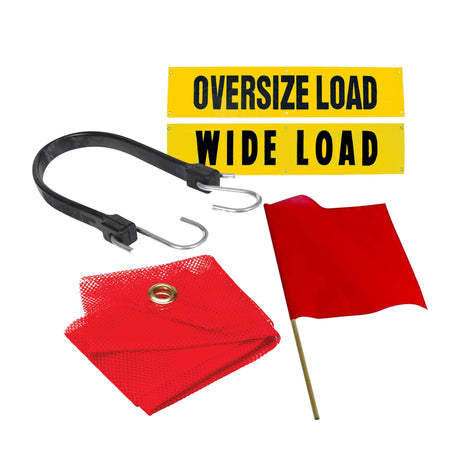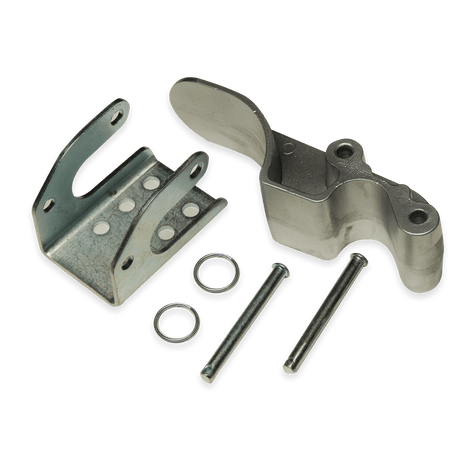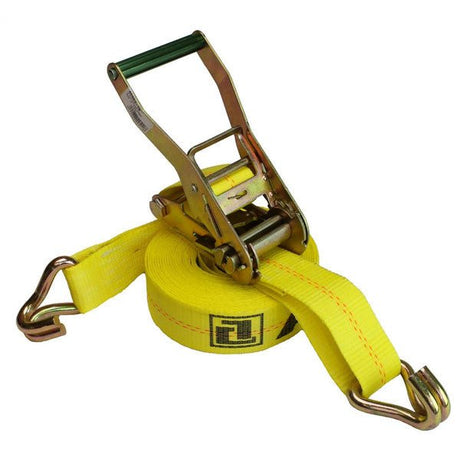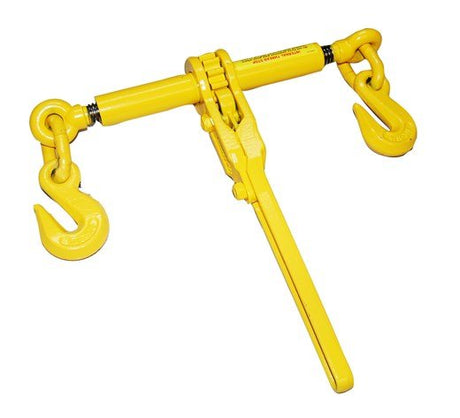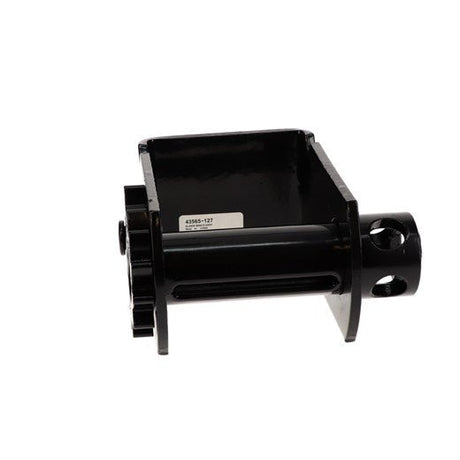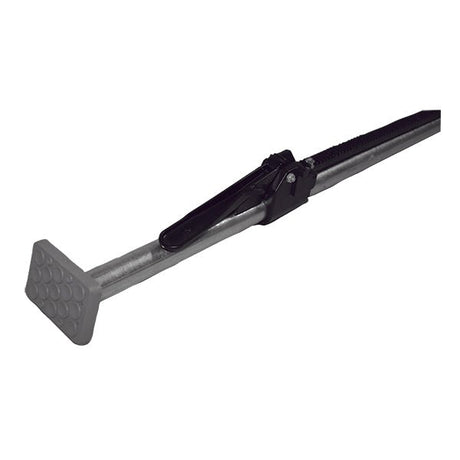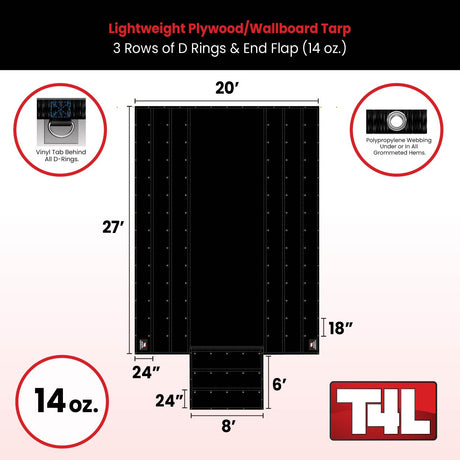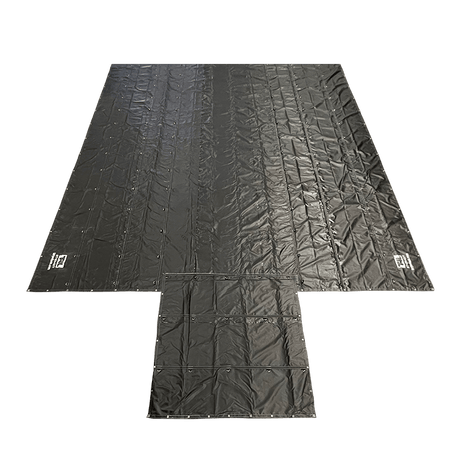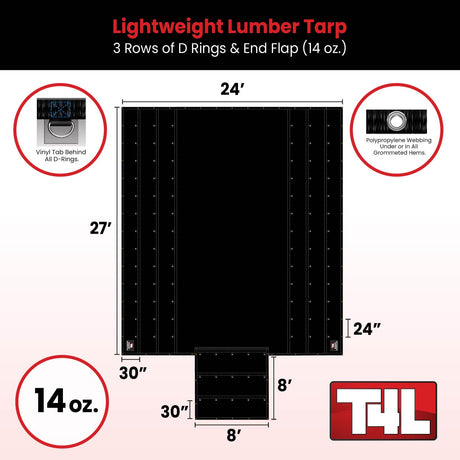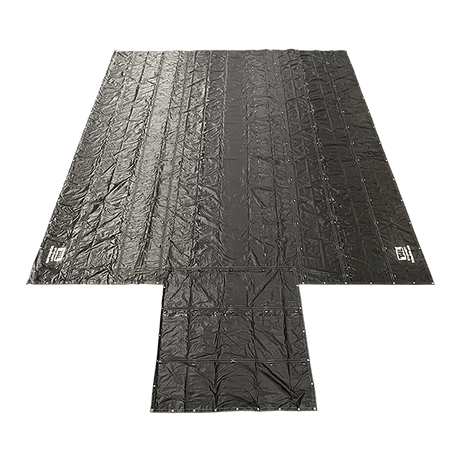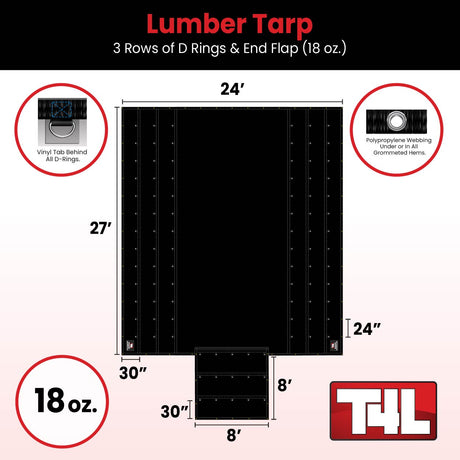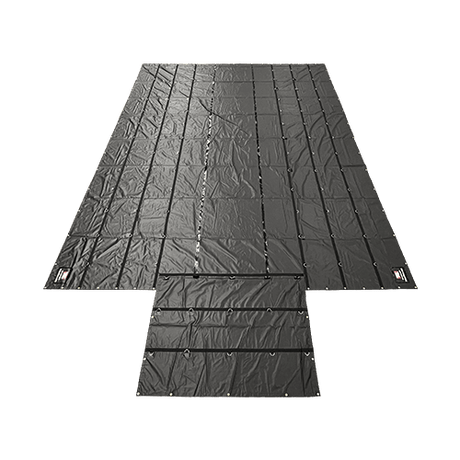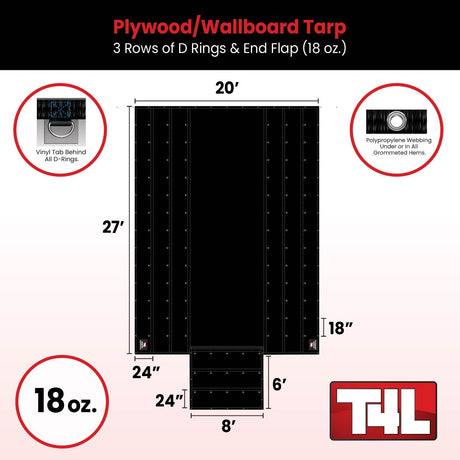When transporting lumber, the importance of properly securing and protecting your load with a high-quality tarp cannot be overstated. Tarping lumber not only ensures that your cargo remains safe from the elements during transit but also helps comply with safety regulations and standards. Here’s your ultimate guide on how to tarp a lumber load effectively, featuring some of the best tarps from Tarps4Less.
Why Proper Tarping is Essential
Tarping a lumber load properly is crucial for several reasons:
- Protection from Weather: Lumber is susceptible to damage from rain, snow, and excessive moisture. A well-placed tarp keeps the wood dry and prevents warping, rot, or mold.
- Safety: Securely tarped loads prevent pieces of lumber from falling off the truck, which could cause road hazards or accidents.
- Compliance: Many states and regions have specific regulations regarding cargo securement. Proper tarping helps ensure that you meet these legal requirements.
Choosing the Right Tarp
Before you begin tarping, choosing the right tarp for the job is essential. The ideal tarp should cover the entire load without leaving any part exposed. Here are some features to look for:
- Size and Coverage: Ensure the tarp is large enough to cover your entire load plus extra for securing. An 8-foot drop is often recommended for standard lumber loads.
- Durability: Look for tarps made from heavy-duty materials. A fabric weight of around 14 to 18 ounces is ideal for most lumber applications.
- Secure Fastening: Tarps with multiple rows of D-Rings or grommets allow for better tie-down and securement.
At Tarps4Less, we offer a variety of lumber tarps that are perfect for these needs. Check out some of our top recommendations:
- 24' x 27' Lightweight Lumber Tarp with 8ft. Drop & 3 Rows of D-Rings (90 lbs)
- 20' x 27' Lightweight Lumber Tarp with 6ft. Drop & 2 Rows of D-Rings (76 lbs)
- 24' x 27' Lumber Tarp with 8ft. Drop & 3 Rows of D-Rings (Heavy Duty 18 oz)
- 26' x 27' Lumber Tarp with 8ft. Drop & 2 Rows of D-Rings (Heavy Duty 18 oz)
Step-by-Step Guide to Tarping Your Lumber Load
1. Prepare Your Load
- Ensure that the lumber is stacked evenly and securely. The stack should be as square as possible to prevent shifting.
- Remove any debris or protruding nails that might tear the tarp.
2. Position the Tarp
- Place the tarp over the load from front to back. If using a rolling system, ensure the tarp unrolls evenly across the load.
- Center the tarp on the load, ensuring it has equal overhang on all sides.
3. Secure the Front of the Tarp
- Start at the front of the load and secure the tarp to the front of the trailer, using bungee cords or straps attached to the D-Rings.
- Make sure the front end is tight and secure to prevent wind from getting under the tarp.
4. Cover the Load
- Pull the tarp over the top of the load, ensuring that the sides and back are completely covered.
- If your tarp has an end flap, unfold it to cover the rear of the load.
5. Secure the Sides and Back
- Use ropes, straps, or bungee cords to tie down the tarp along the sides. Attach these to the D-Rings or grommets on the tarp and secure them to the trailer.
- Ensure the tarp is taut and secure with no loose areas. This helps prevent damage from flapping in the wind.
6. Final Adjustments
- Walk around the load and make any necessary adjustments to the tarp and tie-downs.
- Double-check that the tarp is secure and that there are no gaps or potential for the tarp to come loose.
Tips for Maintaining Your Tarp
- Regular Inspections: Always check your tarp for tears or weak spots before and after each use.
- Proper Storage: When not in use, fold the tarp and store it in a dry, cool place to prevent mildew and damage.
- Repairs: Small tears can be repaired with tarp repair kits to extend the life of your tarp.
By following these guidelines and using a high-quality tarp from Tarps4Less, you can ensure that your lumber arrives at its destination in top condition, regardless of the distance or weather conditions. Proper tarping is an investment in your cargo’s safety and your peace of mind.
For all your tarp needs and more tips on securing your loads, visit Tarps4Less.

